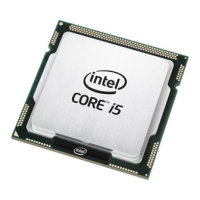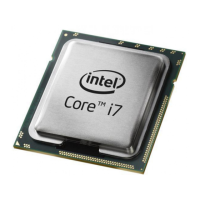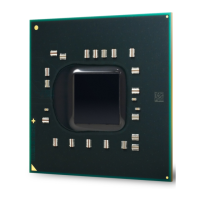Intel
®
Celeron
®
D Processor in the 775-Land LGA Package Thermal Design Guide9
Order #303730
Processor Thermal/Mechanical Information
2.0 Processor Thermal/Mechanical
Information
2.1 Mechanical Requirements
2.1.1 Processor Package
The Celeron D Processor in the 775-Land LGA Package is packaged in a Flip-Chip Land Grid
Array (FC-LGA4) package that interfaces with the motherboard via a LGA775 socket. Please refer
to the processor datasheet for detailed mechanical specifications.
The processor connects to the motherboard through a land grid array (LGA) surface mount socket.
The socket contains 775 contacts arrayed about a cavity in the center of the socket with solder balls
for surface mounting to the motherboard. The socket is named LGA775 socket. A description of
the socket can be found in the LGA775 Socket Mechanical Design Guide.
The package includes an integrated heat spreader (IHS) that is shown in Figure 1 for illustration
only. Refer to the processor datasheet for further information. In case of conflict, the package
dimensions in the processor datasheet supercede dimensions provided in this document.
The primary function of the IHS is to transfer the non-uniform heat distribution from the die to the
top of the IHS, out of which the heat flux is more uniform and spread over a larger surface area (not
the entire IHS area). This allows more efficient heat transfer out of the package to an attached
cooling device. The top surface of the IHS is designed to be the interface for contacting a heatsink.
Figure 1. Package IHS Load Areas
Top Surface of IHS
to install a heatsink
IHS Step
to interface with LGA775
Socket Load Plate
Substrate
Top Surface of IHS
to install a heatsink
IHS Step
to interface with LGA775
Socket Load Plate
Substrate
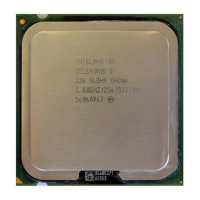
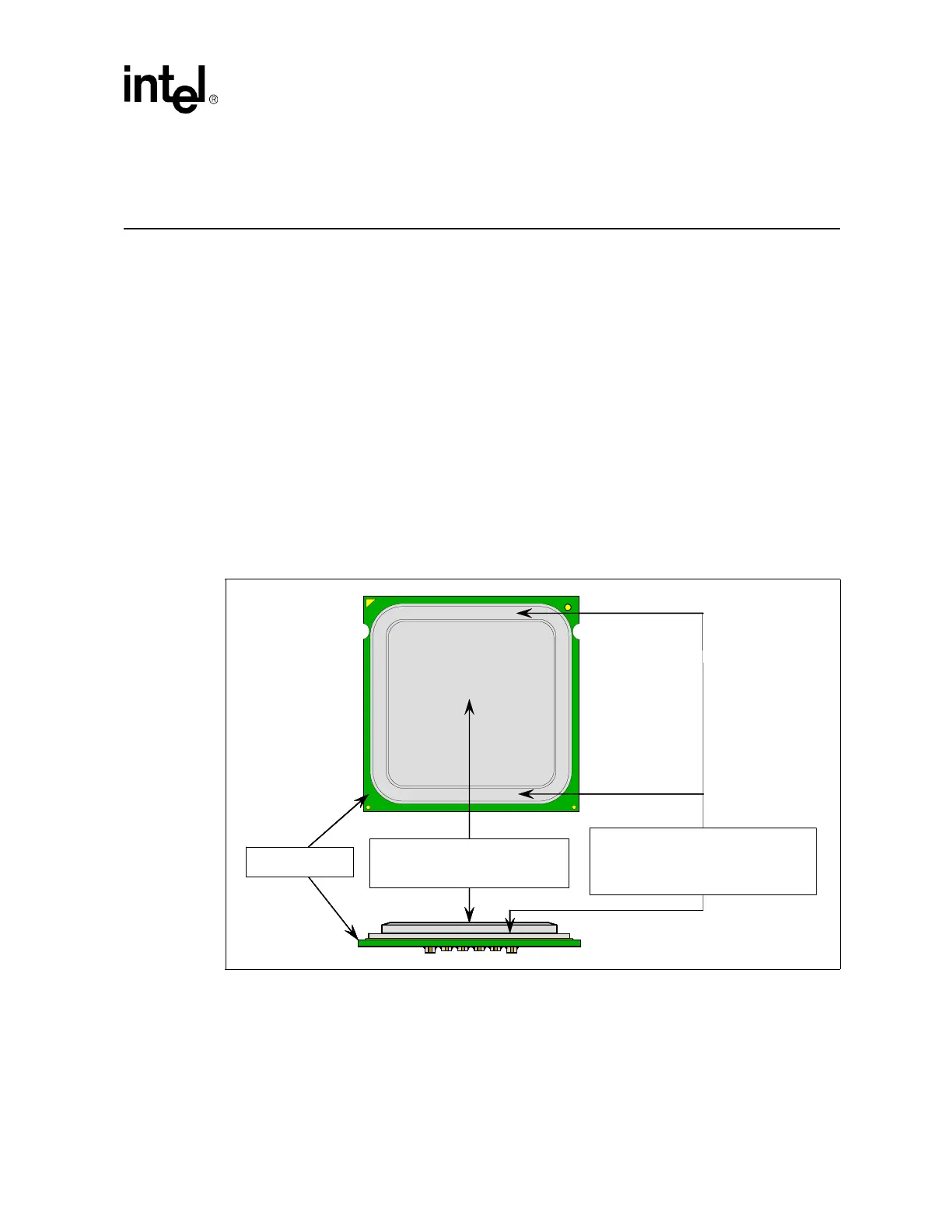